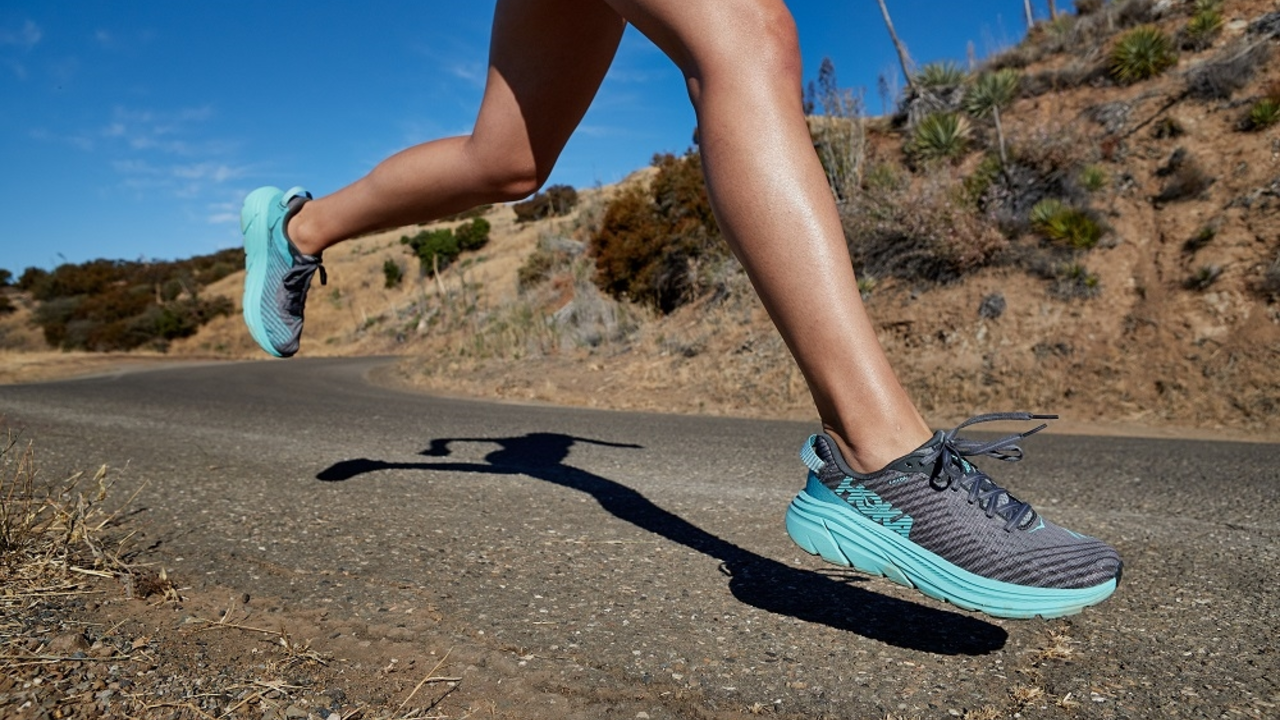Cleats: Picking the Right Soccer Boots for Performance
When talking about cleats, the specialized shoes soccer players wear to get grip on the pitch. Also known as football boots, they come in many styles. One key type is soccer cleats designed for firm ground, while stud configuration determines traction, and cleat material affects comfort and durability. In short, cleats encompass the shoe, the studs, and the material, each influencing how you move on different surfaces.
First, match the stud configuration to the pitch. Firm‑ground studs are short and evenly spaced, giving steady grip on natural grass that’s dry. Soft‑ground studs are longer and often removable, letting you dig into muddy fields for extra stability. Artificial‑turf (AT) plates are flat and spread weight, preventing the foot from sinking into synthetic surfaces. This relationship—stud configuration influences traction—means you’ll feel a big difference when you swap a firm‑ground pair for a turf pair. If you play on a mix of surfaces, a hybrid stud pattern can be a safe middle ground.
Second, consider cleat material. Traditional leather offers a plush fit that molds to your foot over time, reducing hot spots during long matches. Modern synthetic uppers are lightweight and water‑repellent, keeping feet dry in rainy conditions. Some high‑end models combine a thin leather overlay with a synthetic base for the best of both worlds. The material choice impacts weight, breathability, and durability, so it directly affects your stamina and injury risk. Players who sprint a lot often prefer lighter synthetics, while defenders who need extra protection may lean toward thicker leather.
How Player Role and Personal Preference Shape Your Choice
Position matters too. Wingers and forwards rely on quick cuts, so they favor low‑profile cleats with a snug fit and minimal stud height. Midfielders cover more ground and benefit from a balanced stud spread that offers both speed and stability. Center‑backs need extra ankle support and may choose boots with a higher collar and a stud pattern that maximizes grip during tackles. This link—player position affects cleat choice—helps you narrow down options based on how you move on the field.
Beyond the technical specs, personal comfort can’t be ignored. Break in your new cleats with short training sessions before a big game; this reduces the chance of blisters and lets the material adapt to your foot shape. Check the fit at the toe box: you should have about a thumb’s width of space to allow your toes to splay during powerful strikes. Lace‑up systems vary from traditional eyelets to quick‑lock designs; the right one lets you fine‑tune tension for a secure fit without cutting off circulation.
Finally, think about maintenance. Leather boots benefit from regular cleaning and occasional conditioning to keep the grain supple. Synthetic shoes can be wiped down with a damp cloth, but avoid harsh chemicals that break down the fabric. Proper care extends the life of your cleats, saving you money and keeping performance consistent throughout the season.
All these factors—stud configuration, material, player role, fit, and care—form a network of decisions that determine how well your cleats work for you. Below you’ll find a collection of articles that dive deeper into match‑day gear, pitch‑specific tips, and real‑world reviews, giving you the insight you need to make an informed purchase and stay ahead on the field.
